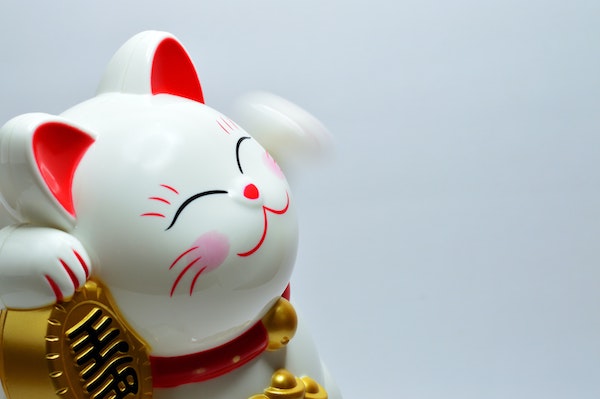Hi, it’s Carol here…
I’m back after recharging from the weekend. Hope you managed to recharge your energy too!
In the last two emails, we discussed these:
(1/4) Let the learning routine set like jelly first
(2/4) The Veggie Burger
In case you missed them, you can read them here and here.
My super-active boys continue learning to 1200 words and even to 3000+ words.
Something else keeps them going.

This bed is too hard.
This bed is too soft.
This bed is just… right!
This porridge is too hot.
This porridge is too cold.
This porridge is just… right!
Yes, impolite as Goldilocks was (by intruding into someone else’s house), she was right in a way.
Young children are naturally inclined to enjoy what they can master with some effort.
So we need to flow with them.
The learning activity needs to feel just… right.
To help our child enjoy learning Chinese, we help her achieve small successes each time.
We get her into a positive learning cycle — the better she gets, the more she enjoys it and wants to learn a bit more.
You’ll need to offer a book that is just… right.
This book is too difficult –> Child is unable to read it independently. It doesn’t make sense to her.
This book is too easy –> Child may wish to read it repeatedly until mastery and then move on.
This book is just… right! –> Child is able to read almost all the words, perhaps pause to think over a couple of them. She can feel a sense of satisfaction from achieving success with some effort.
This sense of satisfaction keeps her going.
And there’s more…
The Matthew Effects: the rich gets richer

The Matthew Effects in reading (Stanovich, 1986) describes the situation where a good reader in the beginning reads more, comprehends more and learns more.
On the other hand, a weak reader avoids reading, comprehends less and learns less.
Over time, the gap between the two children widens.
To help your child become a stronger reader, you’ll need systematic reading.
In Week 1, if your child learns 5 words, then offer her parts of a book that includes only those 5 words.
In Week 2, if she learns another 5 words, then offer her parts of a book that includes the 5 older and 5 newer words.
As this process goes on, your child will grow to enjoy and master Chinese reading.
Instead of “Chinese is so difficult”, she thinks, “I can read Chinese.”
The rich gets richer.
The strong gets stronger.
It’s simple and it works.
What is your biggest challenge in teaching your child to read Chinese? Feel free to share with me and let’s see if we can work it out together. Just hit “Reply”.
See you again!
~ Carol @ Owlissimo.com
P.S.
Some of you have sent me emails, sharing that your child is falling behind in Chinese despite having tuition.
For many children, reading Chinese systematically at home is a more certain way to help them become successful readers before improving their comprehension and essay writing.
More on reading next time.
